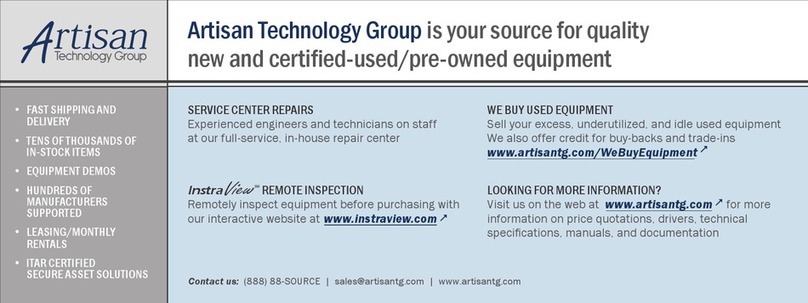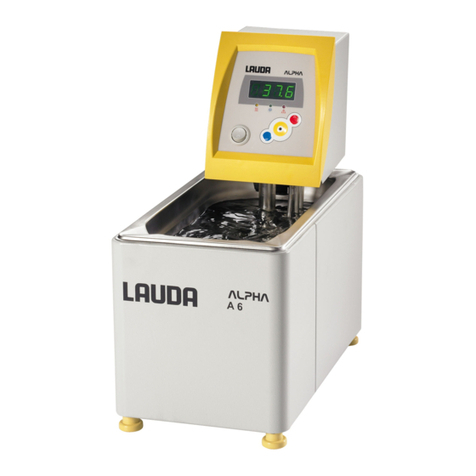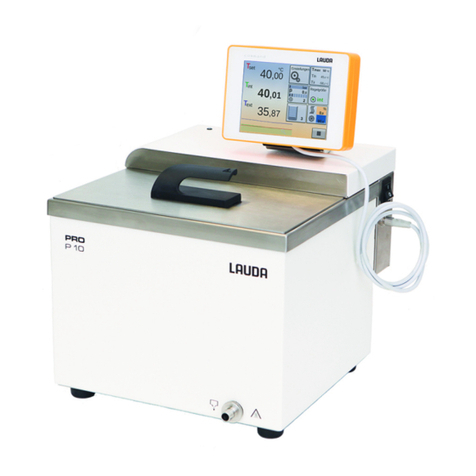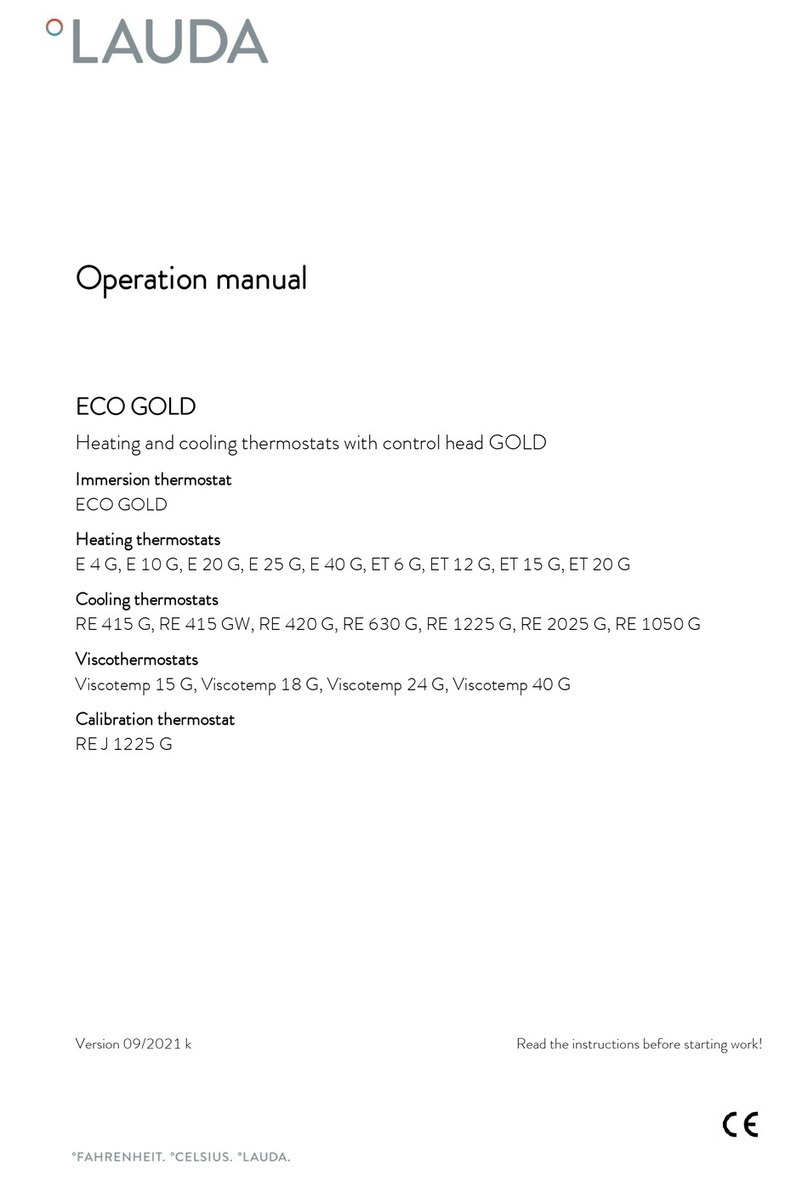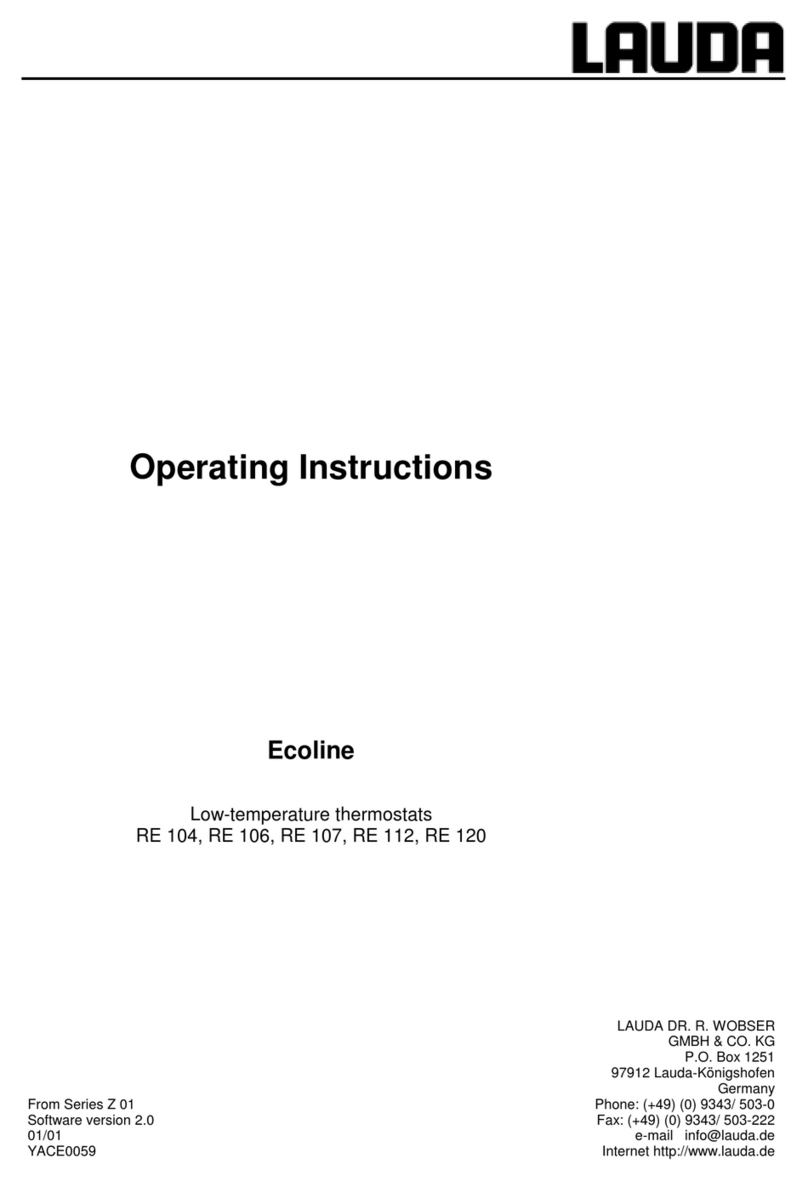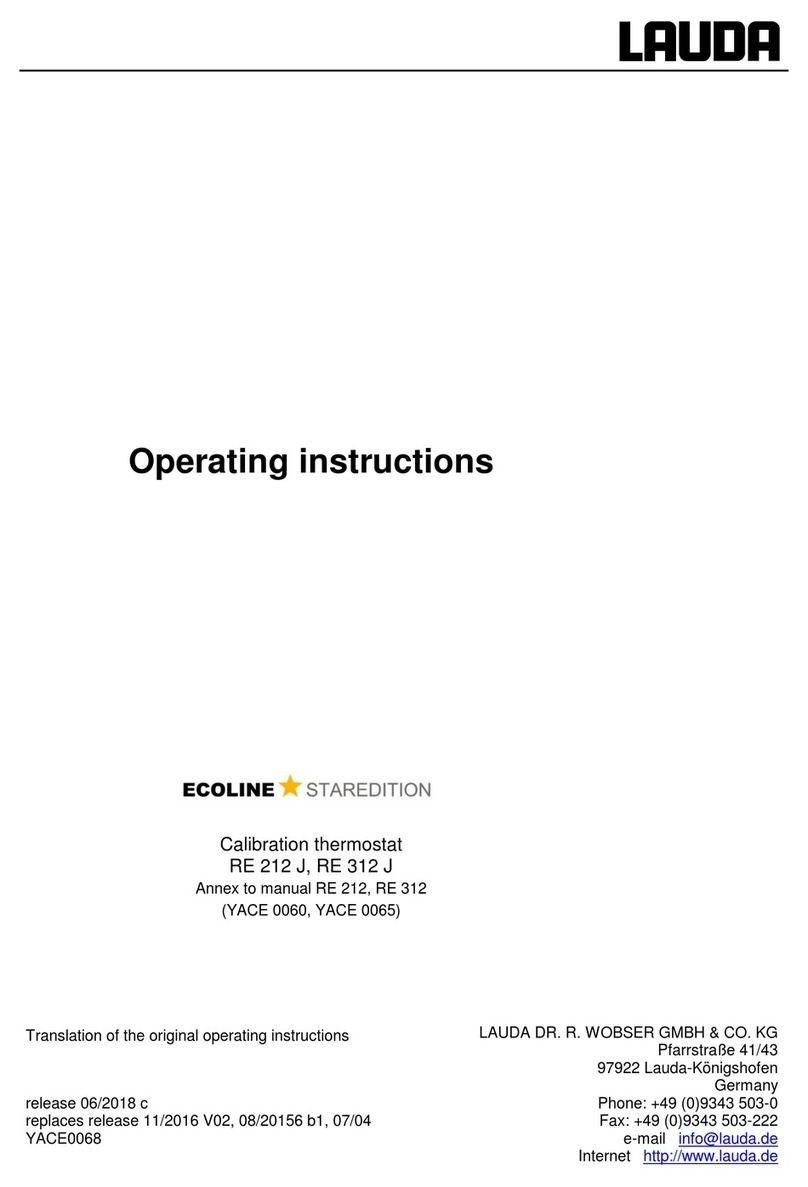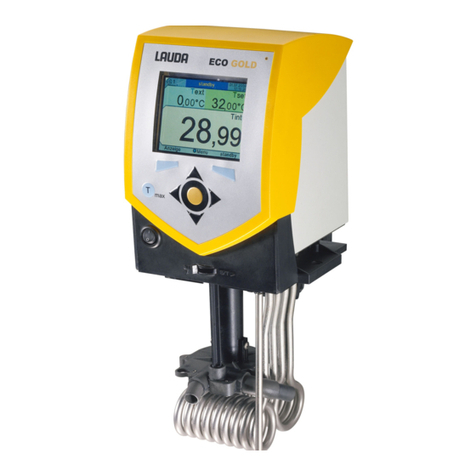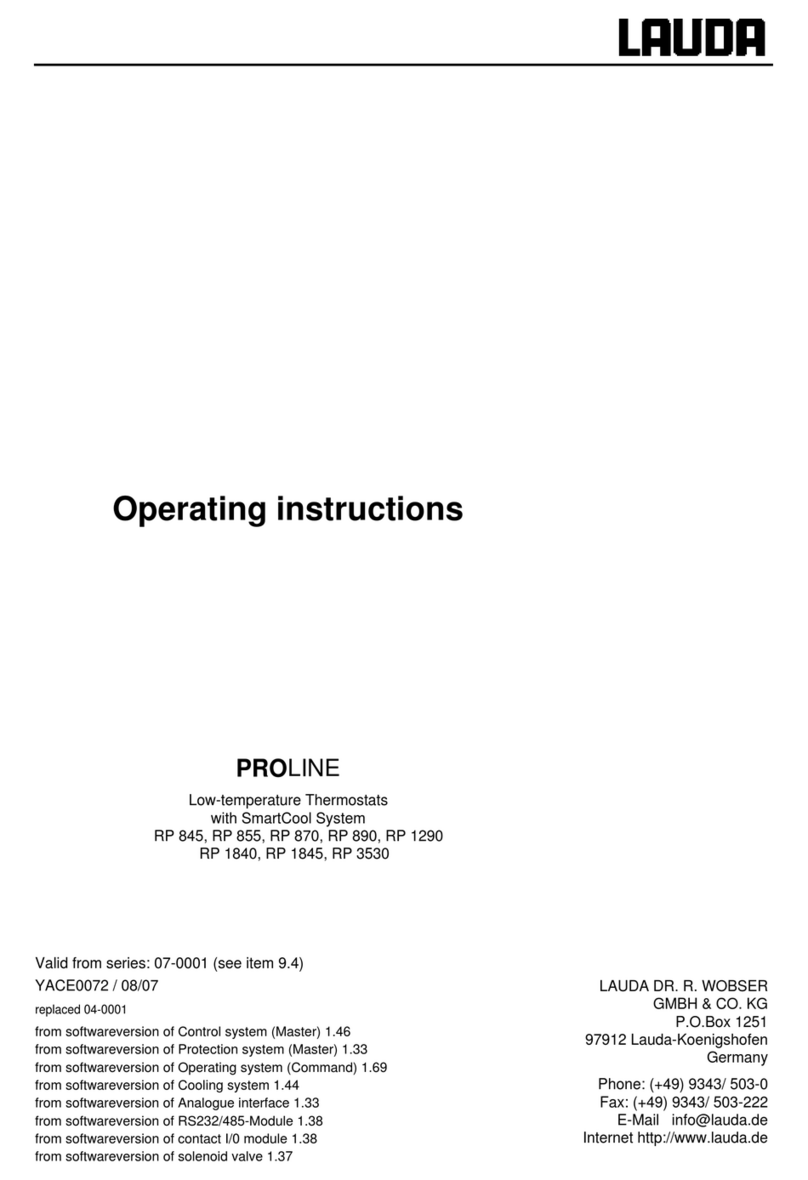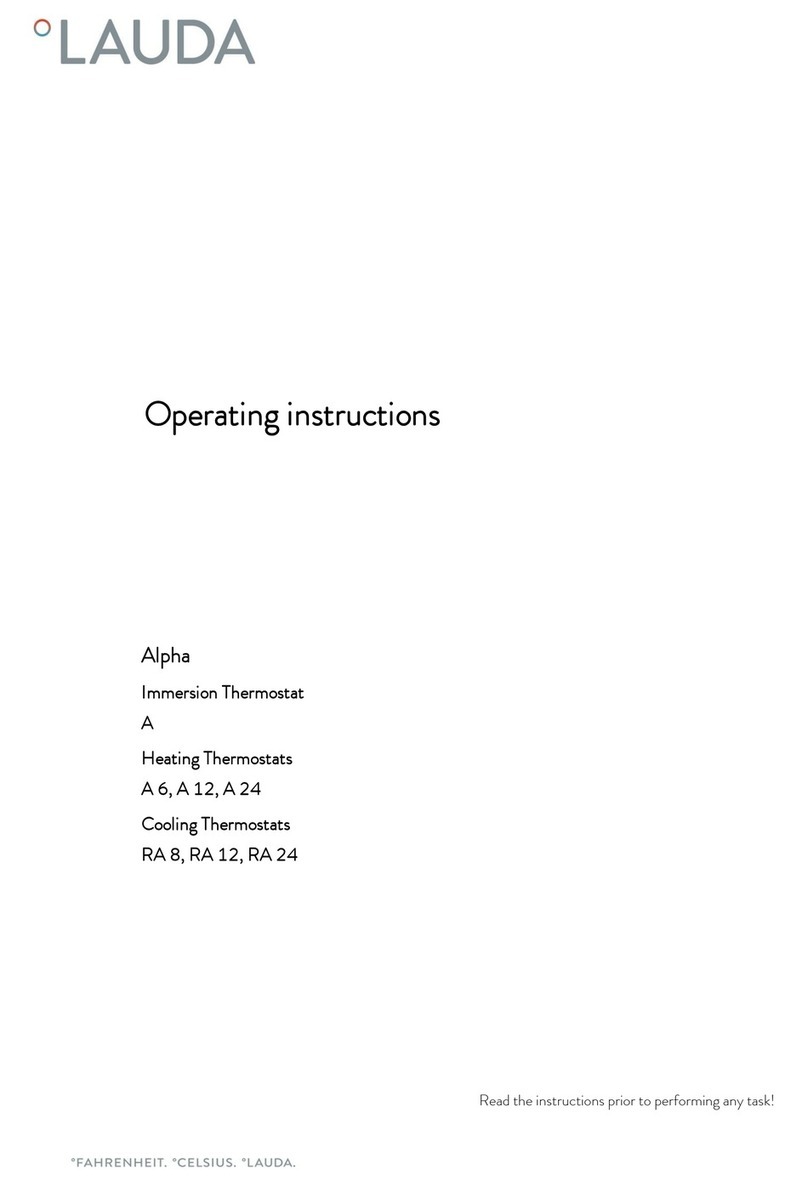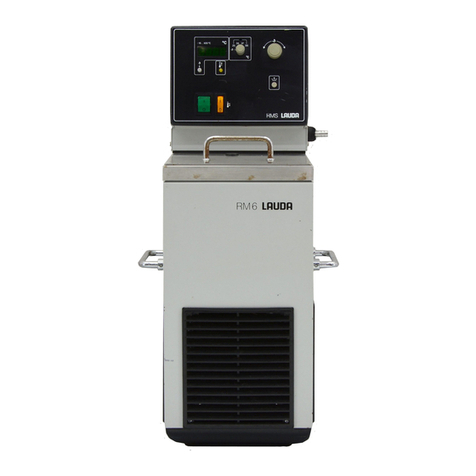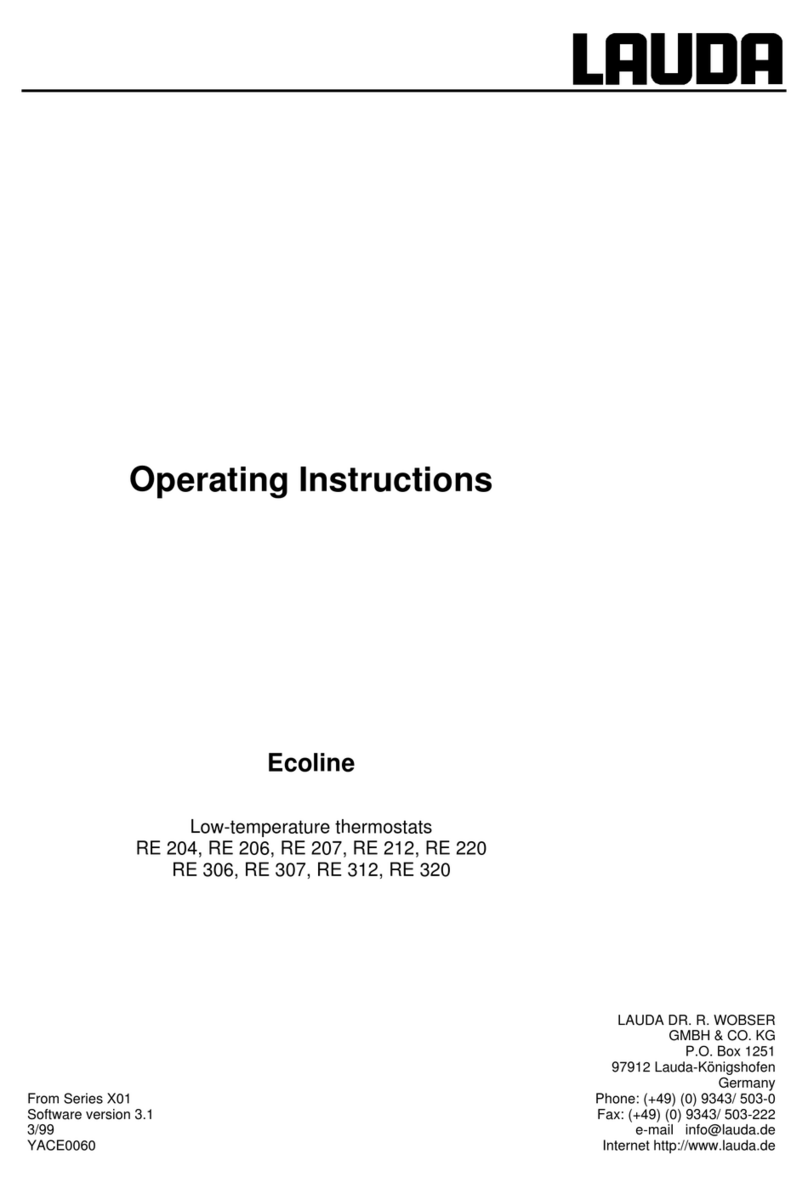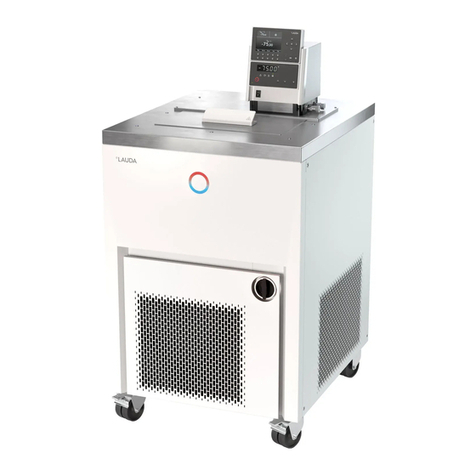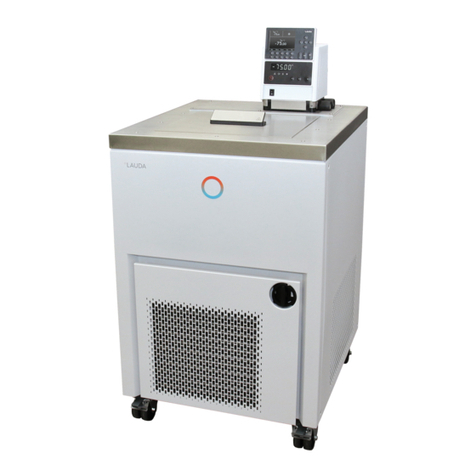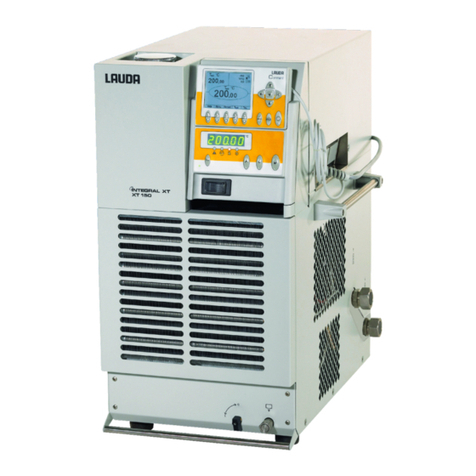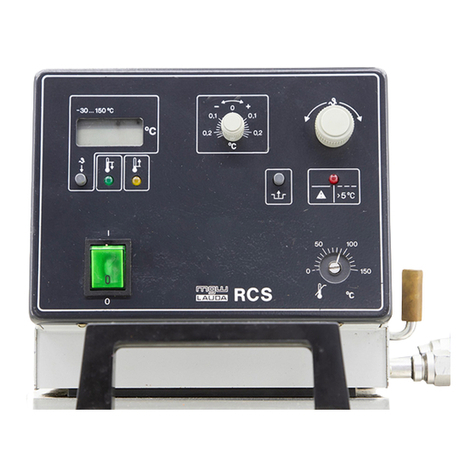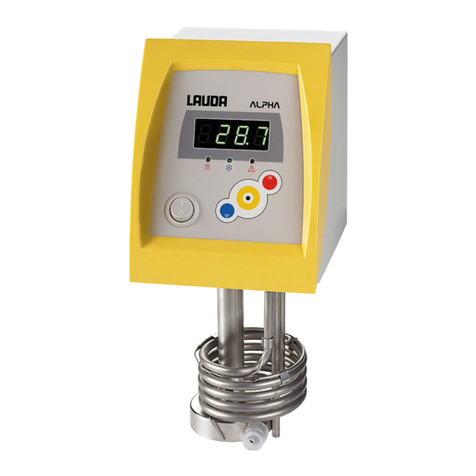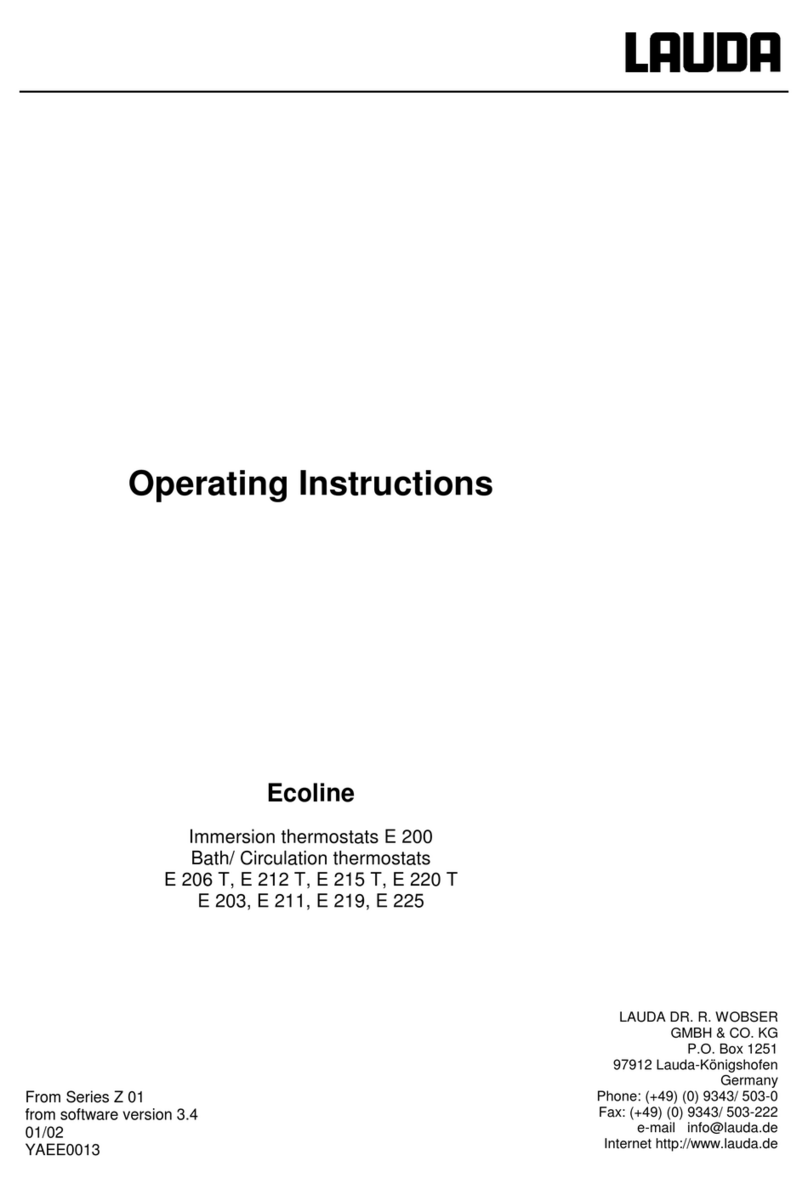
YAUE0007 / 10/2/2018 Contents 7
7.5 IMPORTANT SETTINGS................................................................................................................................51
7.5.1 Temperature setpoint setting...........................................................................................................51
7.5.2 Displaying the actual external temperature .....................................................................................53
7.5.3 Setting pump power or standby.......................................................................................................54
7.5.4Activate external pump ....................................................................................................................56
7.5.5 Activating external control................................................................................................................56
7.5.6 Current consumption from the mains...............................................................................................58
7.5.7 Setting the date and time.................................................................................................................59
7.5.8 Display resolution setting.................................................................................................................60
7.6 SPECIAL SETTINGS ....................................................................................................................................61
7.6.1 Defining the type of start mode........................................................................................................61
7.6.2 Defining temperature limits..............................................................................................................62
7.6.3 Setpoint offset operating mode........................................................................................................63
7.6.4 Restoring works settings..................................................................................................................64
7.6.5 Setting the volume of the acoustic signals.......................................................................................65
7.6.6 Entering the offset of the internal temperature probe......................................................................65
7.6.7 Restoring the works setting of the internal temperature-probe offset..............................................66
7.6.8 Entering the offset of the external temperature probe.....................................................................67
7.6.9 Restoring the works setting of the external temperature-probe offset.............................................67
7.7 GRAPHICAL DISPLAY OF TEMPERATURE MEASUREMENTS .............................................................................68
7.8 PROGRAMMER...........................................................................................................................................70
7.8.1 Program example.............................................................................................................................70
7.8.2 Selecting and starting the program (Start, Hold, Stop)....................................................................72
7.8.3 Interrupting, continuing or terminating the program (Hold, Continue, Stop)....................................73
7.8.4 Creating or modifying a program (Edit)............................................................................................74
7.8.5 Defining the number of program loops (Loops)...............................................................................78
7.8.6 Viewing the program sequence as a graph (Graph)........................................................................78
7.8.7 Obtaining information on a program (Info).......................................................................................79
7.9 RAMP FUNCTION........................................................................................................................................80
7.10 TIMER FUNCTION....................................................................................................................................81
7.11 CONTROL PARAMETERS .........................................................................................................................82
7.11.1 Internal control variable (integral measurement probe)...................................................................83
7.11.1.1 Proven settings for control parameters and pump (integral measurement probe)...................83
7.11.2 External control variable (External measurement probe) ................................................................83
7.11.2.1 Steps for setting the control parameters for external control....................................................84
7.11.3 Internal and external control parameter sets ...................................................................................85
7.11.4 Self Adaption....................................................................................................................................87
7.12 ALARMS,WARNINGS AND ERRORS .........................................................................................................89
7.12.1 Overtemperature protection and checking.......................................................................................89
7.12.2 Low-level alarm and low-level checking ..........................................................................................91
7.12.3 High-level settings............................................................................................................................92
7.12.4 High-level warning or alarm.............................................................................................................92
7.12.5 Pump-motor supervision: Overload or blockage..............................................................................93
7.12.6 Pump-motor supervision: Dry running .............................................................................................94
7.12.7 Compressor Overtemp.....................................................................................................................94
7.12.8 Three-phase current ........................................................................................................................94
7.12.9 Fault list „Alarms and Warnings“......................................................................................................95
8INTERFACE MODULES................................................................................................................................98
8.1 INSTALLING OF MODULES ...........................................................................................................................98
8.2 MENU STRUCTURE FOR ALL MODULES.......................................................................................................100
8.3 SERIAL INTERFACE RS-232/485 ..............................................................................................................101
8.3.1 Connecting cables and interface test RS-232 ...............................................................................101
8.3.2 Protocol RS-232.............................................................................................................................102
8.3.3 Connecting cable RS-485..............................................................................................................102
8.3.4 Protocol RS-485.............................................................................................................................103
8.3.5 Write commands (Data commands to the thermostat)..................................................................103
8.3.6 Read commands (Data requested from the thermostat) ...............................................................104

